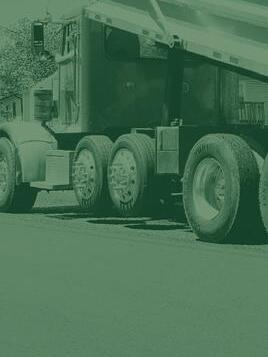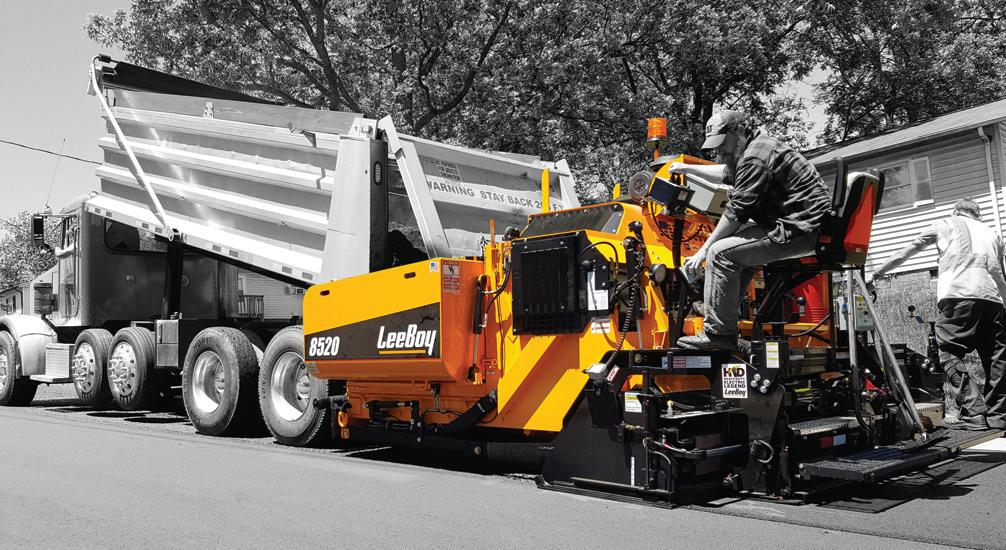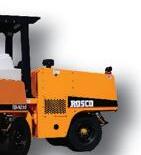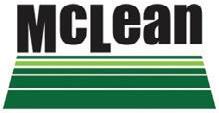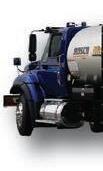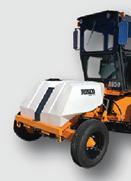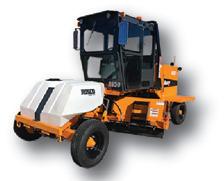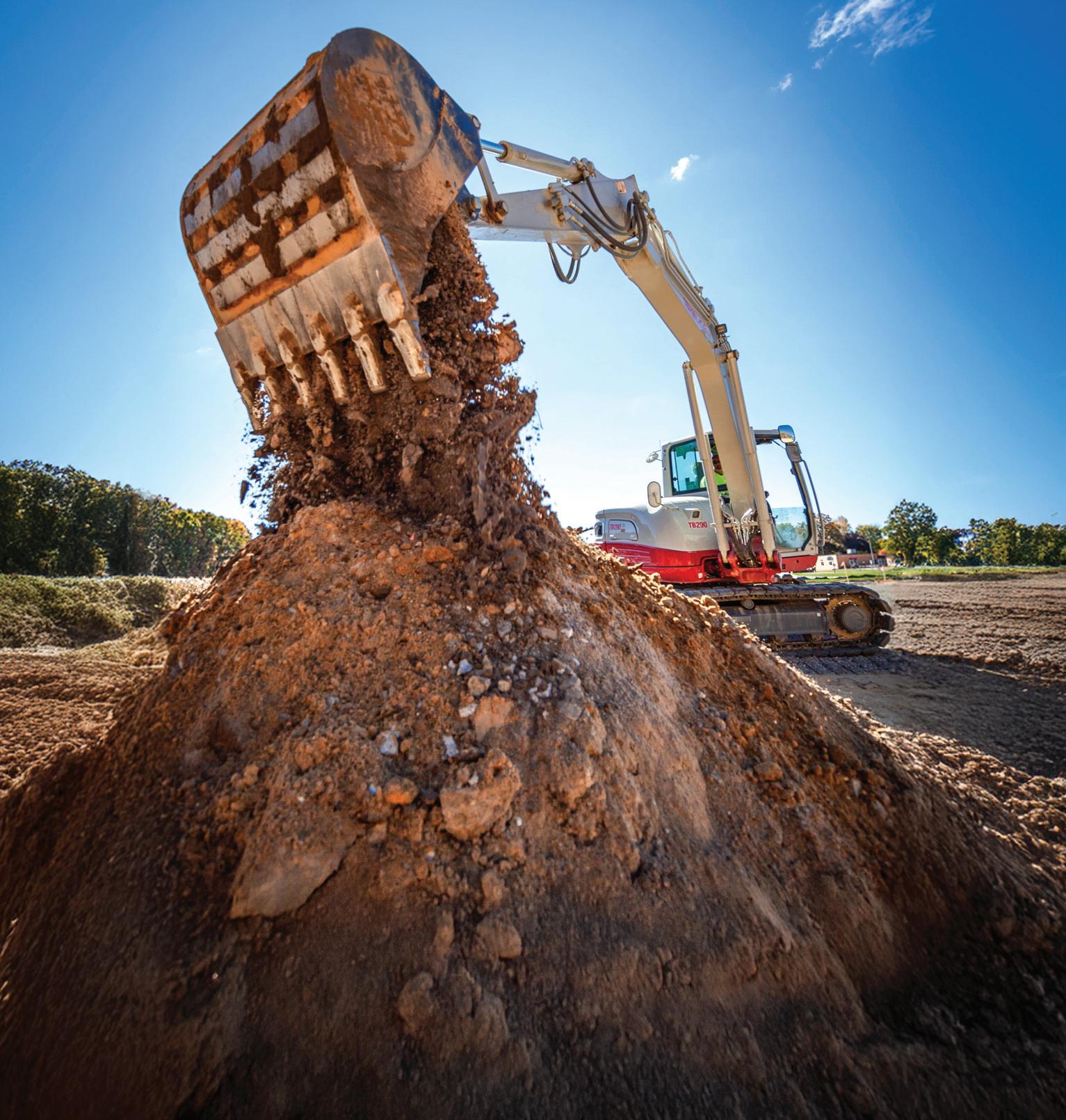


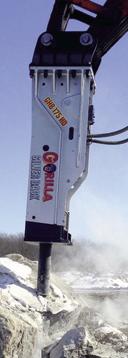





By Cindy Riley CEG CORRESPONDENT
With a goal of easing traffic congestion and improving mobility along the S.R. 7 corridor, construction crews in Ohio continue their work on Phase 2 of the Chesapeake Bypass. The $128.5 million effort follows Phase 1 work, which was completed and opened to traffic in 2006.
“The project has a long and complex history, including the acquisition of right-of-way, completion of environmental studies and extensive engineering work,” said Tom Barnitz, Ohio Department of Transportation (ODOT) project manager. “Over the years, the district consistently advocated for the completion of the new alignment, maintaining momentum until the right opportunity emerged to move forward.”
see BYPASS page 2
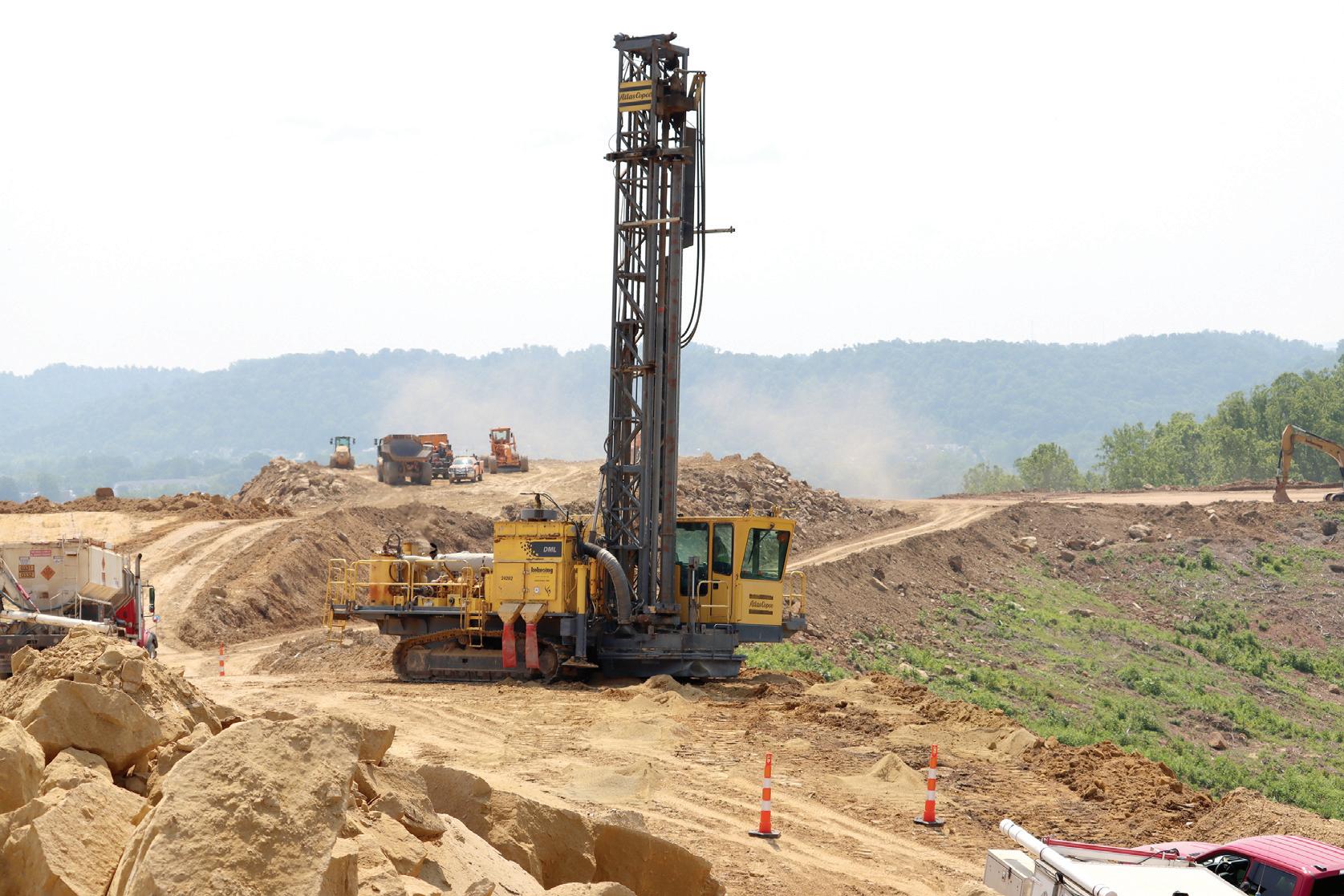
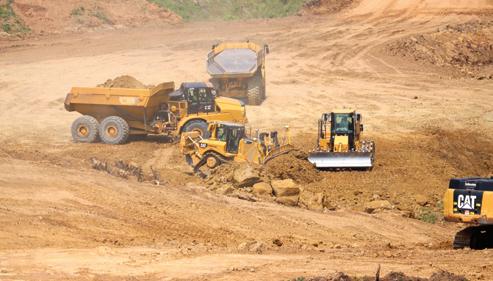
Construction crews in Ohio continue their work on Phase 2 of the Chesapeake Bypass.

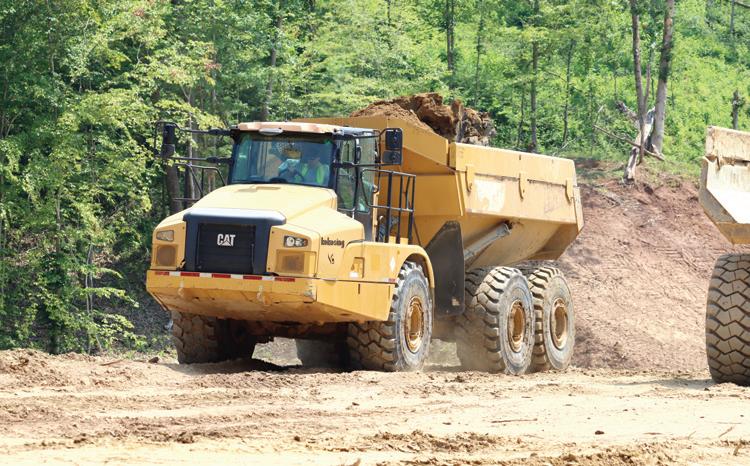
Due to funding issues, the Chesapeake Bypass project has been ongoing for more than two decades. Construction of Phase 2 began in October 2024, with work scheduled to be completed by fall 2028.
“The purpose of the project is to provide a highway that will safely and efficiently meet current and future travel demands to, from and through Rome Township and the villages of Chesapeake and Proctorville, Ohio,” said Barnitz. “The project will also benefit these communities by providing a highway that will support future growth in the area.”
Kokosing was chosen as contractor for the project, which officially broke ground in April 2025. Barnitz said traffic impacts are minimal, since this new alignment of roadway doesn’t intersect with many other roads except at the two interchanges and one intersection. Only a few crossroads will be affected at certain times.
not located in the excavation areas where it’s needed. As a result, construction efforts must prioritize sourcing and placing this rock to establish a stable drainage layer at the base of the embankments. This is an essential step
“This massive effort will reshape the landscape and deliver a vital new route that serves the public for generations to come.”
According to Barnitz, since S.R. 775 has a direct connection to Huntington, W.Va., it was decided an interchange at this location was warranted. Once this segment of highway is constructed and open to traffic, the relocated S.R. 7 will be fully connected, providing long-term benefits to the local community and the broader region.
“One of the main challenges on this project is accessing hard, durable rock needed to construct the initial layers of embankment. The amount of durable rock is limited and
to ensure long-term stability, particularly following Ohio River flood events.”
Vegetation clearing has been under way in Lawrence County, and crews are beginning to move earth. The separate tree clearing contract has been completed, and all trees were successfully cleared to allow earthwork to begin by Kokosing this year. The work will start on the eastern end of the project, where a large hill must be excavated to generate the necessary material for embankment construction.
see BYPASS page 4

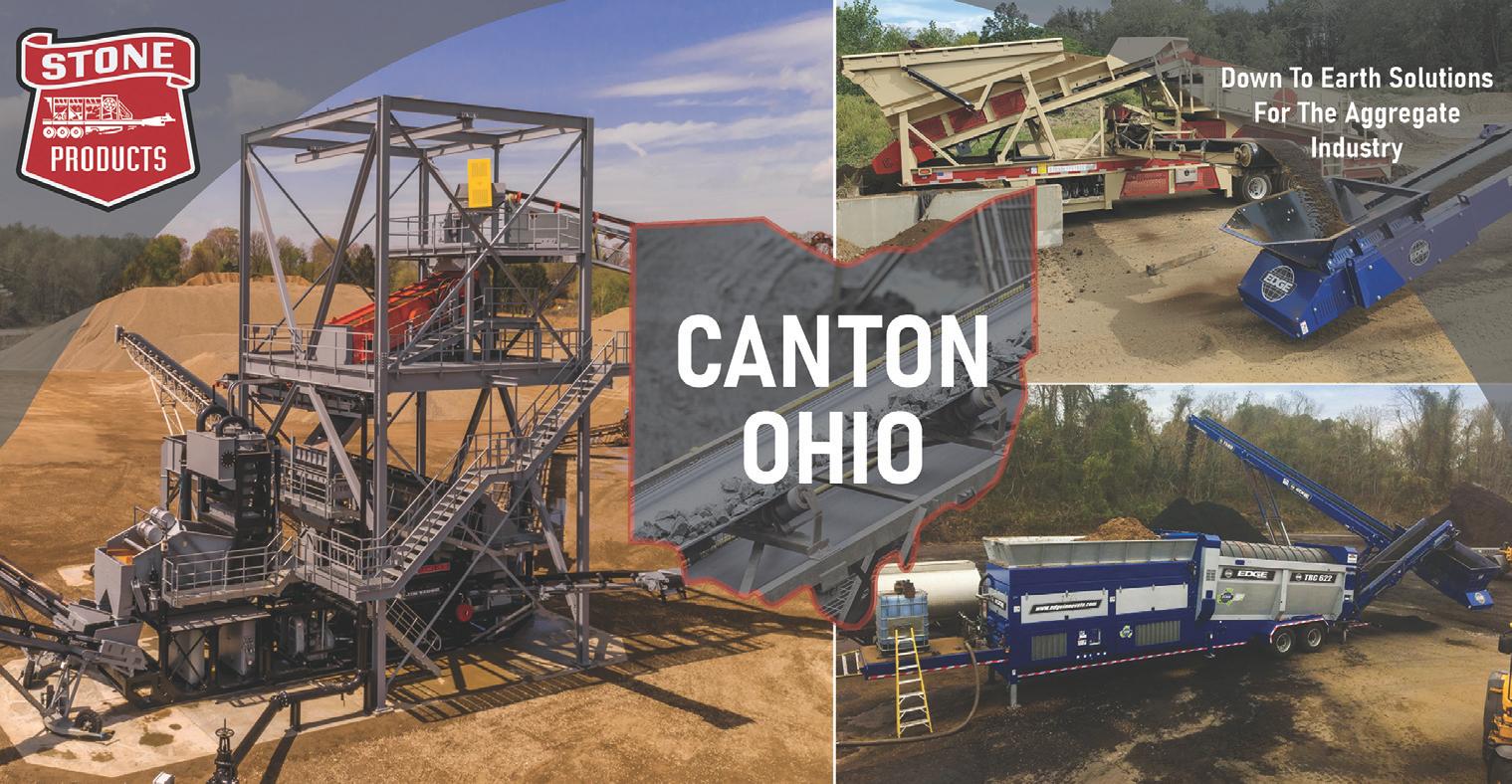
Barnitz said building a two-lane highway, with some four-lane sections and truck climbing lanes, calls for a great deal of coordination.
“Constructing a highway through the foothills of the Appalachian Mountains is a significant undertaking that requires extensive planning, millions of pounds of materials and substantial resources. It involves hundreds of pieces of heavy equipment and thousands of hours of labor contributed by engineers, skilled tradespeople, experienced craftsmen, equipment operators, supervisors and many others across a wide range of careers.
“This massive effort will reshape the landscape and deliver a vital new route that serves the public for generations to come.”
The first step in building a full interchange at S.R. 775 is to construct the embankments that will support the mainline S.R. 7. Next, bridges will be built over Little Paddy Creek, followed by the construction of the S.R. 775 bridge over the mainline S.R.7.
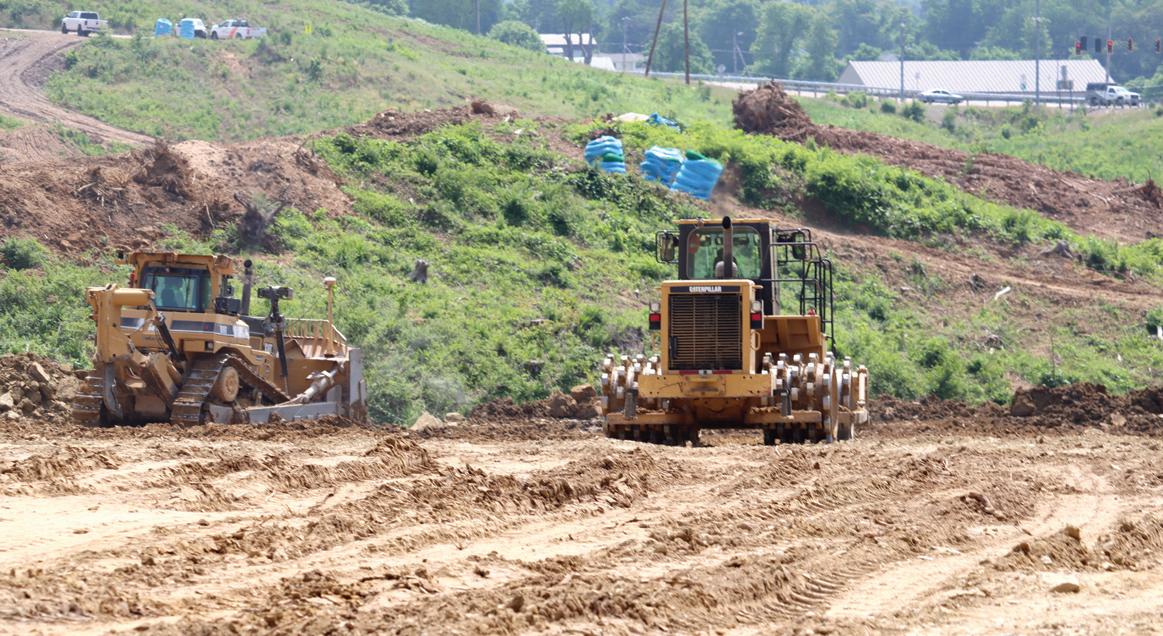








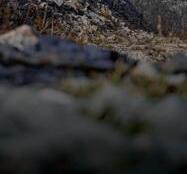

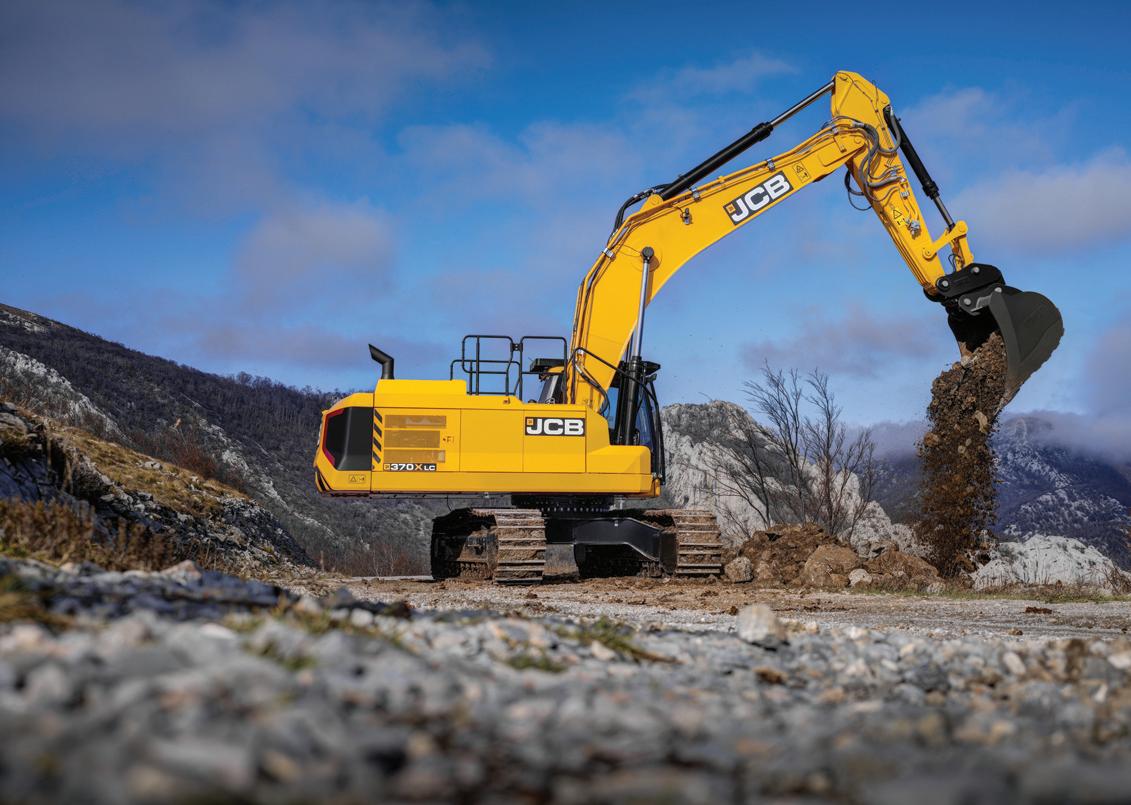


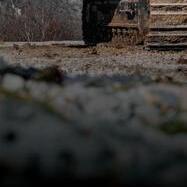

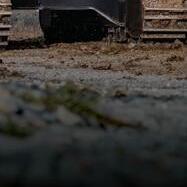







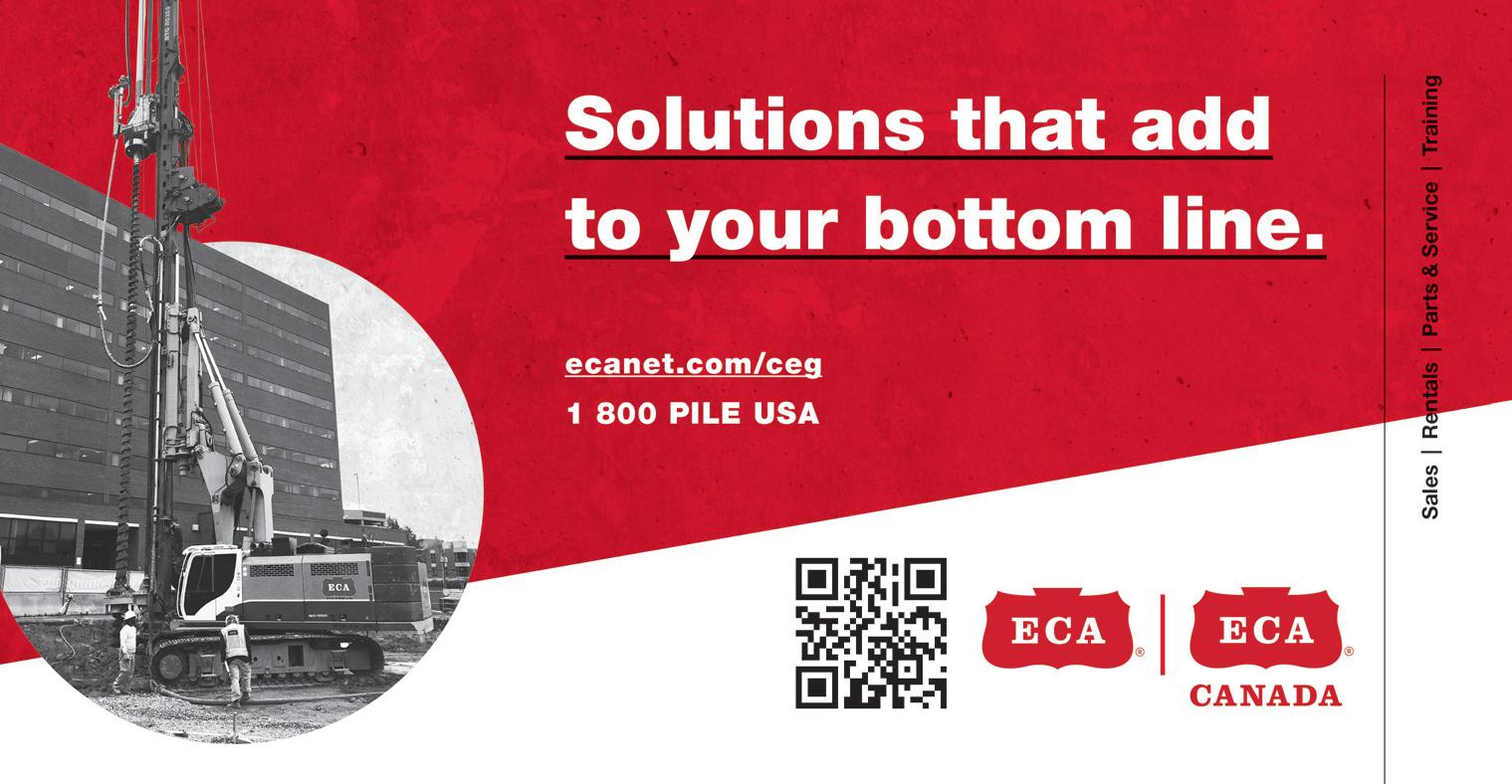


BYPASS from page 4
“This is a project that’s been discussed for decades.”
Tom Barnitz Ohio Department of Transportation
“Once these structures are in place, the new mainline will be connected to the existing S.R. 7 east of the interchange. Finally, all ramps will be completed and connected, allowing the interchange to be opened to traffic,” said Barnitz.
The excavation quantity is approximately 5 million cu. yds. As for Ohio weather, said Barnitz, “Obviously, it impacts everything we do. This spring was exceptionally wet. We’re hoping for drier weather as the project moves forward, but crews are still able to get work done on the project. At this time, everything remains on schedule.”
The main equipment used will include large excavators, bulldozers, rock trucks and articulated dump trucks. Chief materials required include soil and rock located on the project footprint, followed by steel pipes for culverts, concrete and steel reinforcement for the bridges and asphalt for the new road surface.
For Barnitz, it’s extremely satisfying to work on a project that will serve drivers for years to come.
“This is a project that’s been discussed for decades. We believe it will enhance safety while creating new opportunities for economic development. Knowing that our work will positively impact thousands of lives makes this effort truly rewarding.”
CEG

